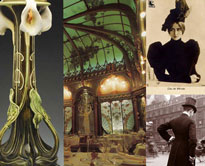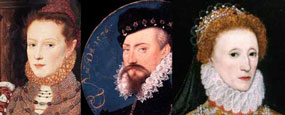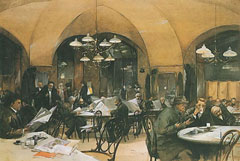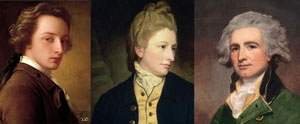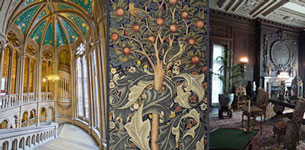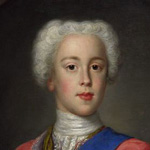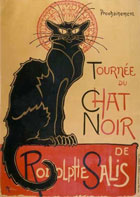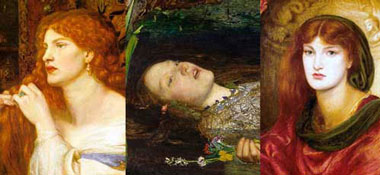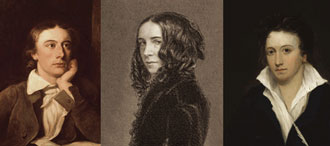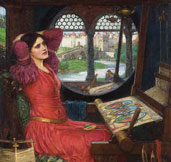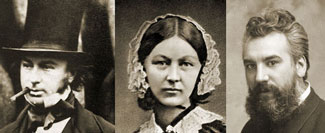Jacobite
A term referring to those who, in the 17th and 18th centuries supported the restoration of the Stuart royal line in England. The last Stuart monarch was James II who was ousted from power in 1688. The nation at the time was uncomfortable with James’s Catholicism, and laws were enacted that prohibited any future monarch of that persuasion from taking the throne regardless of their rights by descent. The Jacobites, who had considerable support in Europe and Britain, launched two invasions of Scotland during the years 1715 and 1745 - known as the 1st and 2nd Jacobite rebellion respectively. The 2nd is remembered fondly as the campaign of the Young Pretender, or Bonnie Prince Charlie. The Jacobite issue overshadowed the political landscape in Britain for much of the 18th century.
Portrait of Charles Edward Stuart,
otherwise known as Bonnie Prince Charlie

